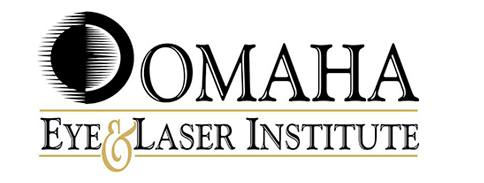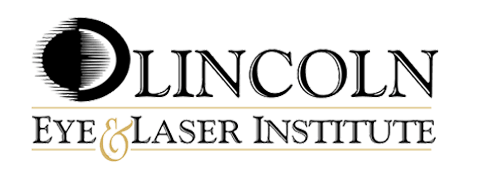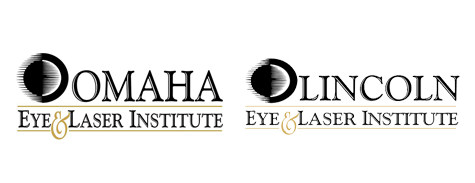Are you tired of feeling like you’re looking at the world around you through a dirty window? Have you stopped doing the things you love because of cataracts impairing your vision?
These are all signs that it could be time to have cataract surgery. However, one of the things that comes with having the procedure is deciding what kind of intraocular lens to choose.
Cataract surgery removes cataracts by removing the natural lens of the eye, which is where they form. Removing the natural lens would leave you unable to focus light inside your eye, so the lens is replaced with an artificial lens, called an intraocular lens or IOL.
There are several different kinds of IOLs to choose from. Because selecting an IOL can feel overwhelming, you can work with your cataract surgeon to determine the best IOL.
They can recommend an IOL based on your budget, visual needs, and goals after cataract surgery. Keep reading to learn five things to think about when choosing an intraocular lens!
1. What are Your Options?

Before proceeding, you need to understand your IOL options. Although many IOLs are available, the standard option is a monofocal IOL.
Monofocal IOLs
Monofocal IOLs are uniform lenses that are set to one refractive power. They can help you see up close or far away, but you’ll need glasses to see at the opposite distance. Monofocal IOLs are the only IOLs typically covered by health insurance and do not require an out-of-pocket cost.
Some patients choose something called monovision. With monovision, you have one monofocal IOL put in your eye for seeing up close and another for seeing at a distance. Selecting this option allows you to see well between the two distances.
However, monovision may not work for everyone. Before choosing monovision IOLs, you can test them with contact lenses to see if they work. If you feel comfortable with monovision contact lenses, then you can select monovision.
Premium IOLs
Another category of IOL worth considering is premium IOLs. These IOLs require an out-of-pocket cost.
However, their extra cost can provide significantly improved vision at a broader range of distances. Some of the premium IOLs offered at Omaha Eye include:
Toric
Toric lenses are the only IOLs that specifically correct astigmatism. Astigmatism is a refractive error that occurs when the cornea is misshapen, leading to distorted vision.
Monofocal lenses come in a toric model, making them a good choice if you have astigmatism. If you want to correct astigmatism during cataract surgery, toric IOLs are an excellent option. They are also available for many premium IOLs.
Trifocal
Trifocal lenses are divided into three sections with three different refractive powers. One is for seeing up close, one for seeing far away, and one for seeing at an intermediate distance.
Three refractive powers give patients a more diverse and broader range of vision, especially clear vision up close and at a middle distance.
Light Adjustable Lens
The Light Adjustable Lens (LAL) is the only IOL tailored to your exact visual specifications. You’ll have the IOL implanted during cataract surgery.
Then, after your eye finishes healing, you’ll begin having the Light Adjustable Lens adjusted using a Light Delivery Device (LDD). Adjusting the Light Adjustable Lens with ultraviolet light changes its shape, allowing your ophthalmologist to customize it to your exact visual needs and specifications.
The Light Adjustable Lens also has an extended depth of focus, allowing you to see within a more comprehensive visual range than standard IOLs can provide you. Once you know all the options available, you can decide which one best suits your unique needs.
2. Budget

Budget is a crucial thing to consider, as premium IOLs require an out-of-pocket cost for patients. Cataract surgery is usually covered by insurance, as it’s regarded as a medically necessary procedure.
However, only monofocal IOLs are covered by insurance. Premium IOLs are not covered because how they correct your vision is not medically necessary.
If you have a smaller budget, you may want to consider monovision. However, if you want the best possible vision that helps you reduce your dependence on visual aids, you’ll want to consider premium IOLs.
3. Lifestyle
Knowing your lifestyle will help your cataract surgeon suggest the best IOL suited to your needs. If you’re active, travel a lot, or hold many social events, premium IOLs are the best choice.
They give you better vision and more independence from other visual aids like reading glasses.
4. Daily Activities
What you do daily for work and recreation is also important to consider. Do you spend a lot of time using screens?
If you’re on your computer due to work or you like to spend time on your smartphone, certain IOLs are better suited to help you see well and keep your eyes safe.
If you perform many tasks that require middle vision, consider monovision or a trifocal IOL. Monovision allows you to view your screen clearly from a safe distance.
Trifocal IOLs can also be a great option if you do a lot of close-up work like sewing or rafting. Talk to your cataract surgeon about your daily activities to help them understand your lifestyle and the best IOL for you.
4. Desire for Visual Freedom

Premium IOLs can reduce and even eliminate the need for reading and prescription glasses and contact lenses. The Light Adjustable Lens is especially well suited for correcting standard refractive errors.
Patients who choose a trifocal IOL also report that they never or only rarely have to use reading glasses after having cataract surgery. What’s not to love about that?
Are you ready to choose the best IOL for your lifestyle? Request your appointment at Omaha Eye in Omaha, NE, now! A beautiful life awaits you; it’s time to take it!





